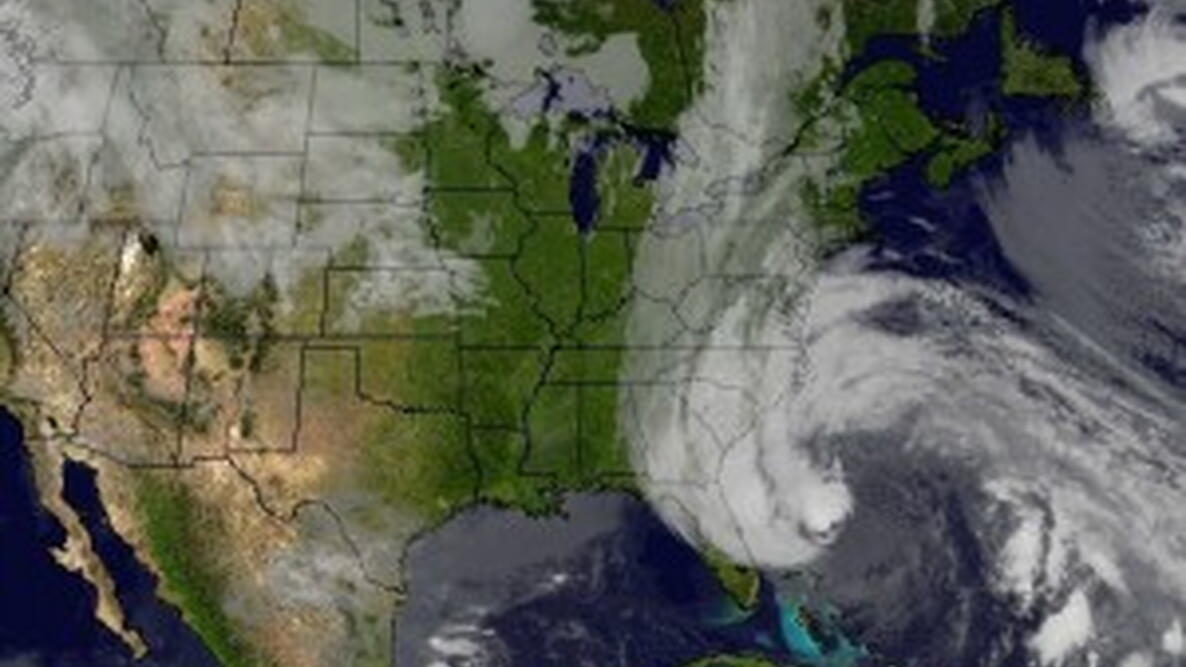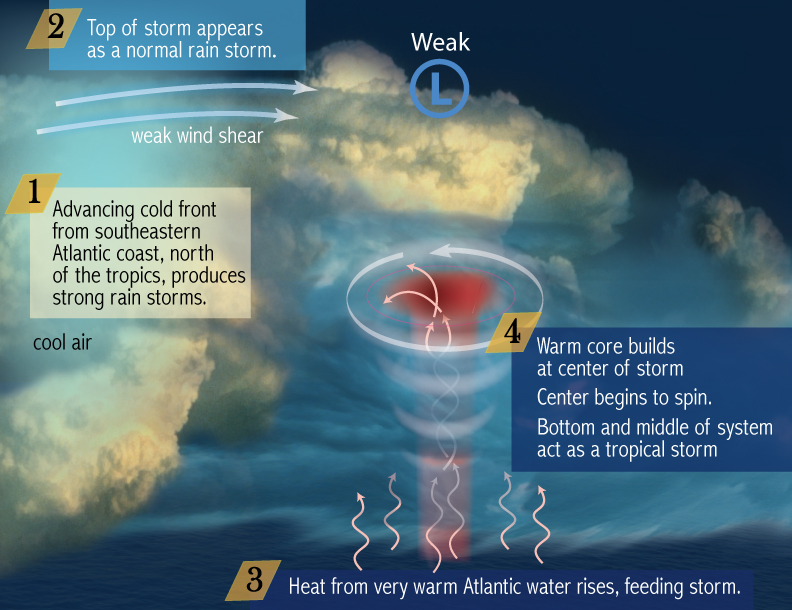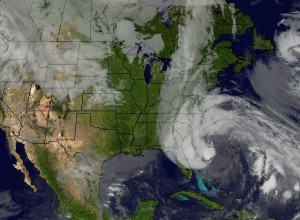
Photo Credit
NASA
Gaston- Replaces the Goofy
2021 Retired Names
Danny- Replacing Donald
Fred- Replace Finn
Henri- Replacing Hudson
Mindy- Replacing Minnie
This has been a very lousy weather year. 1st event- Fourth warmerst winter on record
2nd event- Flowers in February
3rd event- Tornadoes in the wintertime
4th event- Warmerst March on record
5th event- March 2012 was a sign of whats to come in the spring, damaging storms and ridiculous warmth
6th event- Tropical storms brewing in May
7th event- Derecho in June, loss of power for 2 weeks
8th event- Hottest July EVER recorded in history. A very historic scorching summer
9th- Hurricane Sandy slammed the mid atlantic & northeast residents. Lives were changed
10th- Ongoing and worsening drought in the US in November and December
11th- Snow drought records broken. 2012's warmth continues and so does the next winter that isnt takes its toll.
Pheww!! Lol! Wacky wacky weather year. Not only was it the hurricanes, everything was weird this year. I blame the hot water
Here in central Virginia I remember the weatherman saying "Its unlikely this storm will make it this far north" that was when they had it trending out to sea. Then as it moved up the Atlantic it bypassed the Outer Banks and curved just north of us. It would be different if it were August or September but it was the end of October. I always thought the waters in the mid atlantic were cooling down quicker than say the Gulf would (using examples) so they couldnt support storm activity. The effects of the storm were massive! New York and New Jersey was flooded and here we had winds of 80 mph that actually uprooted one of my trees!! The old trampoline was thrown into my backyard, and the roaring winds and scary sounds kept me up that whole night and schools were cancelled for 2 days. We lost power for a little while and the bridges were closed due to dangerously high water levels. It somehow reminds me of Camille back in the 1960s as that one collided with a system as well.

.gif)











Comments